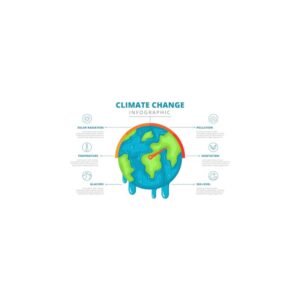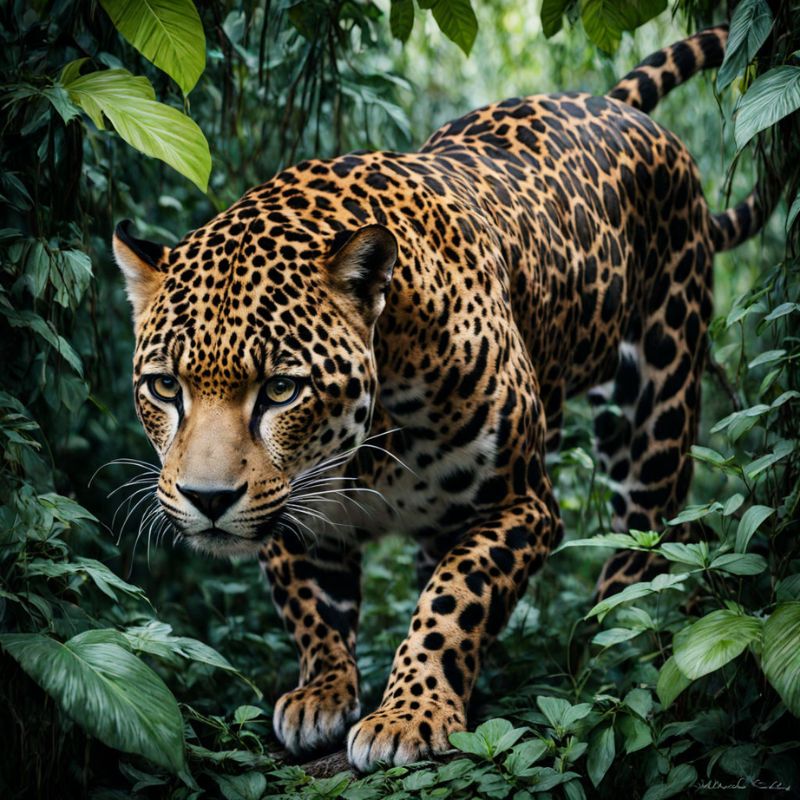Animals
Rare Animal Species Are Under Threat
Introduction
The Importance of Rare Animal Species
Rare animal species play a critical role in maintaining the balance of ecosystems. These species often have unique roles that cannot be filled by other organisms. For instance, the disappearance of a single predator species can lead to an overpopulation of prey species, resulting in habitat degradation. Moreover, rare species contribute to the genetic diversity within ecosystems, which is crucial for adaptation and resilience in the face of environmental changes.
Biodiversity, which includes rare species, supports ecosystem services that humans rely on, such as pollination, water purification, and climate regulation. The loss of these services can lead to catastrophic consequences, including food shortages, water scarcity, and increased vulnerability to natural disasters.
Factors Contributing to the Endangerment of Rare Species
1. Habitat Loss and Fragmentation
One of the leading causes of the decline in rare animal species is habitat loss and fragmentation. As human populations expand, natural habitats are being destroyed or fragmented to make way for agriculture, urban development, and infrastructure projects. This destruction leads to the displacement of species and the loss of critical resources such as food, water, and shelter. Fragmentation, in particular, isolates populations, making it difficult for species to find mates and reducing genetic diversity.
2. Climate Change
Climate change is another significant threat to rare species. Changes in temperature, precipitation patterns, and sea levels are altering the habitats of many species. Some species are unable to adapt quickly enough to these changes, leading to population declines. For example, polar bears are losing their sea ice habitat due to global warming, which threatens their survival. Additionally, climate change can exacerbate other threats, such as habitat loss and disease.

3. Poaching and Illegal Wildlife Trade
Poaching and the illegal wildlife trade are major threats to many rare species, particularly those that are highly valued for their body parts, such as elephants for their ivory or rhinos for their horns. This illicit trade is driven by high demand in certain regions, leading to overexploitation and population declines. Despite international agreements like the Convention on International Trade in Endangered Species (CITES), illegal wildlife trade continues to flourish, putting numerous species at risk.
4. Pollution
Pollution is another critical factor contributing to the decline of rare species. Contaminants such as pesticides, heavy metals, and plastics can accumulate in the environment and have toxic effects on wildlife. For example, marine animals like sea turtles and seabirds often ingest plastic debris, which can lead to injury, starvation, and death. Pollution also affects freshwater ecosystems, where industrial runoff and agricultural chemicals can poison fish and other aquatic species.
5. Invasive Species
The introduction of invasive species into ecosystems can have devastating effects on native species, particularly those that are already rare. Invasive species often outcompete native species for resources, introduce new diseases, or directly prey on native species. The brown tree snake in Guam, for example, has caused the decline of several native bird species due to predation.
The Impact of Species Extinction
1. Ecosystem Collapse
Rare species often play crucial roles in their ecosystems, and their loss can lead to ecosystem collapse. For instance, the extinction of a keystone species, such as a top predator, can disrupt food webs and lead to the overpopulation of prey species. This imbalance can cause habitat degradation, loss of biodiversity, and the collapse of ecosystem services that humans depend on.
2. Loss of Cultural and Economic Value
Many rare species hold significant cultural and economic value for local communities. For example, some indigenous cultures have deep spiritual connections with certain animals, and their loss can lead to the erosion of cultural identity. Additionally, rare species can be important for ecotourism, which provides income for local economies. The extinction of these species can result in the loss of livelihood for people who depend on wildlife tourism.
3. Diminished Scientific Knowledge
Rare species often possess unique biological traits that can provide valuable insights into evolution, adaptation, and disease resistance. The extinction of these species means the loss of potentially important scientific knowledge. For instance, studying rare amphibian species that are resistant to certain pathogens could lead to breakthroughs in medicine. The loss of these species could deprive humanity of crucial discoveries.
Conservation Efforts to Protect Rare Species
1. Protected Areas and Wildlife Reserves
Establishing protected areas and wildlife reserves is one of the most effective ways to conserve rare species. These areas provide safe habitats where species can thrive without the pressures of habitat loss, poaching, and human disturbance. Many countries have created national parks, marine reserves, and conservation areas to protect biodiversity. However, effective management and enforcement are crucial to ensuring the success of these protected areas.
2. International Agreements and Regulations
International agreements, such as CITES and the Convention on Biological Diversity (CBD), play a vital role in regulating the trade of endangered species and promoting conservation efforts. These agreements set guidelines for the protection of species and habitats, and they facilitate collaboration between countries. Strengthening these agreements and ensuring their implementation is essential for the protection of rare species.
3. Conservation Breeding Programs
Conservation breeding programs are designed to increase the population size of endangered species and reintroduce them into the wild. Zoos, aquariums, and specialized breeding centers around the world are involved in these programs. For example, the successful breeding and reintroduction of the California condor, a critically endangered species, has helped increase its population. These programs also serve as a genetic reservoir, ensuring the survival of species even if they become extinct in the wild.
4. Community-Based Conservation
Engaging local communities in conservation efforts is crucial for the success of protecting rare species. Community-based conservation initiatives empower local people to take an active role in protecting their natural heritage. This approach not only helps conserve biodiversity but also provides economic benefits through sustainable practices, such as ecotourism and sustainable agriculture. When communities see the value of preserving rare species, they are more likely to support conservation efforts.
5. Public Awareness and Education
Raising public awareness and educating people about the importance of conserving rare species is essential for building a global conservation ethic. Educational programs, media campaigns, and community outreach can inspire people to take action to protect endangered species. Public support is critical for the success of conservation policies and initiatives. When people understand the value of biodiversity and the threats facing rare species, they are more likely to advocate for conservation efforts.
Conclusion
The threat to rare animal species is a global crisis that requires urgent action. The loss of these species would not only lead to the degradation of ecosystems but also diminish the cultural, economic, and scientific value they provide. While the challenges are immense, there is hope in the concerted efforts of governments, conservation organizations, scientists, and local communities. By working together, we can protect rare species from extinction and preserve the rich biodiversity that sustains life on Earth.
Learn more: zgladnews


